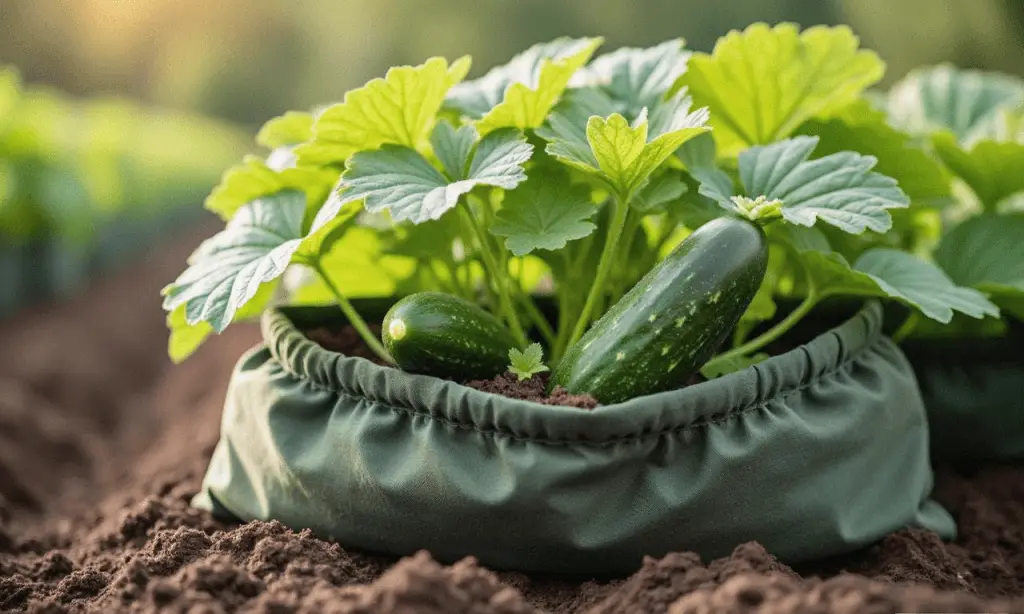The Ultimate Guide to Container Gardening for Small Spaces
Introduction: Grow a Lush Garden Anywhere
Do you dream of harvesting fresh herbs, vibrant flowers, or even homegrown vegetables but think you don’t have enough space? Think again! Container gardening is the perfect solution for urban dwellers, renters, and anyone with limited outdoor areas. According to a 2024 report by the National Gardening Association, 1 in 3 urban households now grows plants in containers, proving that you don’t need a backyard to enjoy gardening.
Whether you have a tiny balcony, a sunny windowsill, or even just a fire escape, this guide will teach you how to select the best plants, choose the right containers, and maintain a thriving potted garden—all while maximizing your small space.
Step 1: Choosing the Right Containers
Best Materials for Pots
- Terracotta & Ceramic – Breathable, great for moisture control (but heavy).
- Plastic & Resin – Lightweight, affordable, and retains moisture well.
- Fabric Grow Bags – Promotes air pruning for healthier roots (ideal for veggies).
Size Matters
- Herbs & Lettuce: 6–8 inches deep.
- Tomatoes & Peppers: At least 12–18 inches deep.
- Dwarf Fruit Trees: 20+ gallons (e.g., citrus in pots).
Case Study: A New York Balcony Garden
- Brooklyn resident Mia grows cherry tomatoes, basil, and strawberries in 5-gallon buckets with self-watering inserts—harvesting all summer long.
Step 2: Selecting the Best Plants for Small Spaces
Top 5 Easy-to-Grow Container Plants
- Herbs (Basil, Mint, Thyme) – Fast-growing, perfect for kitchen use.
- Dwarf Tomatoes (Tiny Tim, Patio Princess) – Compact but productive.
- Leafy Greens (Spinach, Kale) – Can be harvested multiple times.
- Strawberries (Everbearing varieties) – Thrive in hanging baskets.
- Succulents & Petunias – Low-maintenance and colorful.
Regional Considerations
- Hot climates (Arizona, Texas): Opt for drought-tolerant succulents or peppers.
- Cooler regions (UK, Pacific Northwest): Try lettuce, chard, or parsley.
Step 3: Soil & Fertilizer Tips for Containers
The Right Soil Mix
- Avoid garden soil (too dense; can harbor pests).
- Use potting mix with perlite or vermiculite for drainage.
- For edibles: Mix in compost (10–20%) for nutrients.
Feeding Your Plants
- Liquid fertilizer (every 2 weeks) – Best for fast-growing herbs/veggies.
- Slow-release granules – Good for low-maintenance flowers.
Step 4: Watering & Maintenance
Smart Watering Strategies
- Self-watering pots – Great for forgetful gardeners.
- Finger test – If top 1 inch is dry, water thoroughly.
- Morning watering – Reduces evaporation and fungal risks.
Pruning & Pest Control
- Pinch back herbs to encourage bushiness.
- Use neem oil for aphids/mites (safe for edibles).
Case Study: A Chicago Rooftop Garden
- Using a drip irrigation system on a timer, a condo owner grows peppers, beans, and lavender with minimal effort.
Step 5: Maximizing Space with Vertical Gardening
Creative Small-Space Solutions
- Hanging planters – Ideal for strawberries & trailing flowers.
- Wall-mounted pockets – Perfect for herbs & succulents.
- Tiered shelves – Doubles growing area without floor space.
Personal Recommendation:
- A trellis + fabric pots can turn a blank wall into a green bean or pea paradise.
Final Thoughts: Start Small, Grow Big
You don’t need acres of land to enjoy gardening. A single pot of basil on your windowsill or a balcony full of flowers can bring joy, fresh flavors, and even stress relief. As Montreal urban gardener Jean proves, even in USDA Zone 5, a well-planned container garden can yield fresh produce from May to October.
Ready to dig in? Grab a pot, pick your plants, and start growing today!
Disclaimer
Results may vary based on climate, plant selection, and care. Always check weight restrictions for balconies/railings. AI-generated images are for illustrative purposes only and do not depict real individuals or gardens.
Sources Cited:
- National Gardening Association (2024 Urban Gardening Report)
- USDA Hardiness Zone Map
- RHS Container Gardening Guide
- Journal of Agricultural Science (2023 Study on Soil Mixes for Pots)
haley
|
2025.04.23






